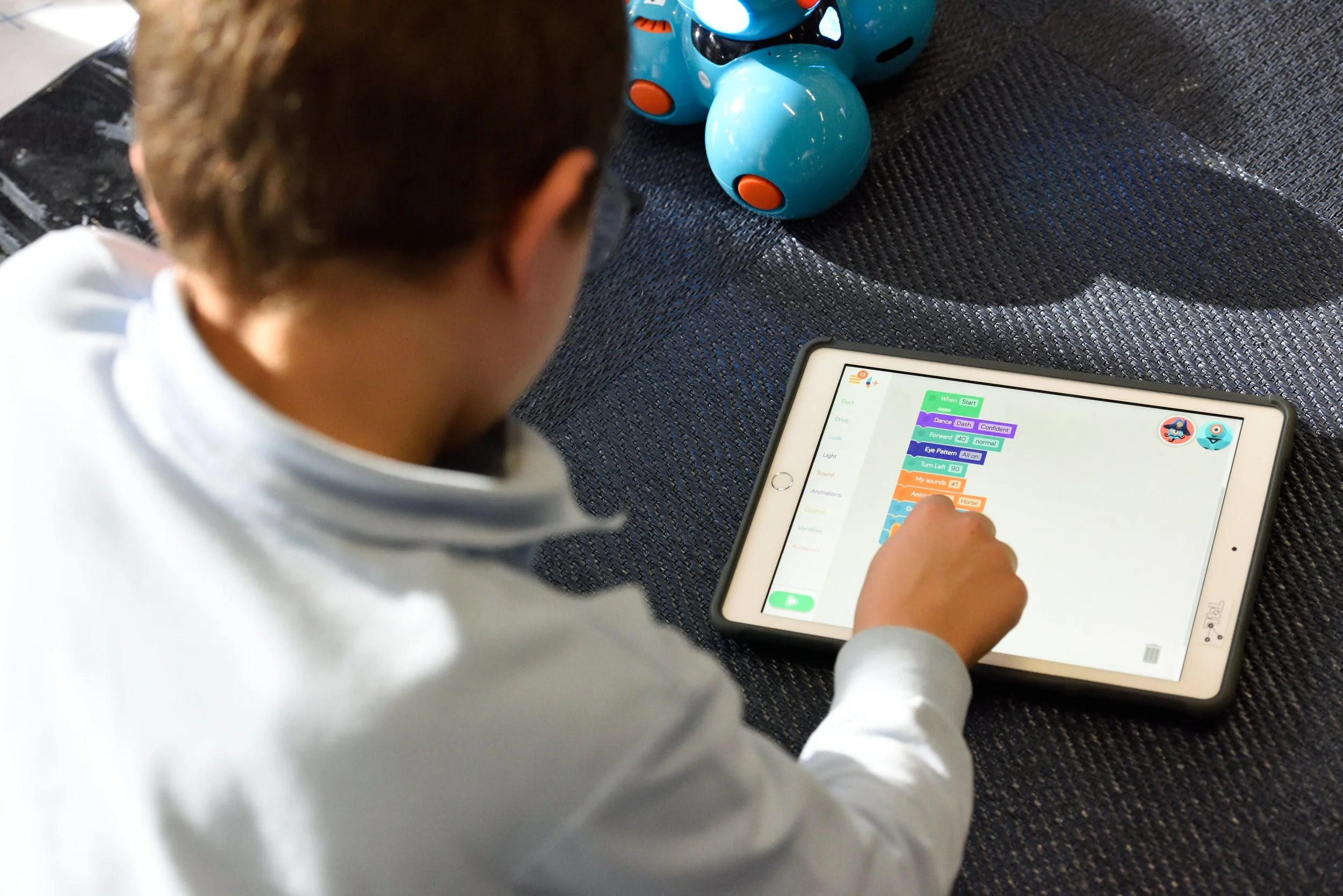Digital strategy has become a buzzword after the explosion of AI in the last 18 months. Yet, it is not about AI. AI has been the tipping point for organizations and professionals to recognize that they must update or create a digital strategy for success. Digitally-forward arts organizations already have a digital component as part of their strategic plan. Read more to understand the need for technology to be a core component of strategic plans and operations.
In the News: August 2022
TBT: Education, Gamification, & Public Policy
How 3D Printing Is Building Itself Into Theatre
Many industries have begun utilizing 3D printing to make work easier and more efficient. This technology is even making its way into the arts. Broadway theatres, university theatre departments, and theatres everywhere are implementing 3D printing technologies to construct props, and even to build entire sets. 3D printing brings new elements of realism and creativity into theatre. It is the future of stage and set design by enabling mass customization of specific designs and independent of outside factors, such as time constraints and availability. In recent years, the market for 3D printers in theatre has shifted from DIY projects to machines for professionals.
How Art and Technology Can Work Together to Facilitate Healing
When it comes to the widely discussed topic of mental health, the arts have proven to play a significant role in healing. In fact, artists and scientists have been researching impacts of art on the brain and body for nearly 75 years. The founding hypothesis in art therapy research emerged from the projects of two women curious about how art could help the severely ill, but extensions of their work continue to grow. Like much in our lives, art therapy research is now increasingly embracing immersive technology.
Technology in the K-12 Art Room; Why, Where, and How to Make It Happen
So Why is there an “A” in STEAM?
In the early 2000s, the state of science, technology, engineering, and math education troubled policy makers in the United States. Together, these four subjects became known as STEM. In more recent years there has been a shift to add arts into this focus, making the acronym now STEAM (science, technology, engineering, arts, math). However, there isn’t a clear outline or framework of what exactly a STEAM education is, or how schools and classrooms are supposed to be implementing this learning. Even among the academic articles about STEAM, there is disagreement about STEAM, its definition and implementation.
Considerations for Gamifying Education
Educators who are interested in implementing gamification into their lessons should consider their goal and learning style of their students. This article details three important factors to consider when planning a gamified learning experience: motivation, generational differences, and design. The article also includes examples of applications that use gamification in music learning that can be applied by arts managers.
STEAM Education and the Lego Model
In recent years, there has been a shift to an argument for STEAM (Science, Technology, Engineering, Arts, and Math), for the inclusion of the arts as one of the subjects that need to be focused on. In fact, the Every Student Succeeds Act (ESSA) includes the arts and music as part of a “well-rounded education,” which are eligible for receiving funding from the government. Changes in legislation have led to a push for wider adoption of this framework for education, but some educators feel that they do not have the training necessary to implement these new practices. Companies like LEGO Education are creating models and projects that make integrating arts and creativity with STEM practices easy in the classroom.
Gamification in Arts Education
Recently, arts organizations have also sought to gamify different aspects of their institutions to engage visitors, increase fundraising, or improve marketing objectives. Although many industries—like the arts—are developing gamification concepts, many are not applying them in the most effective way. For educational programs to effectively gamify the learning experience they must understand gamification and all its parts.














